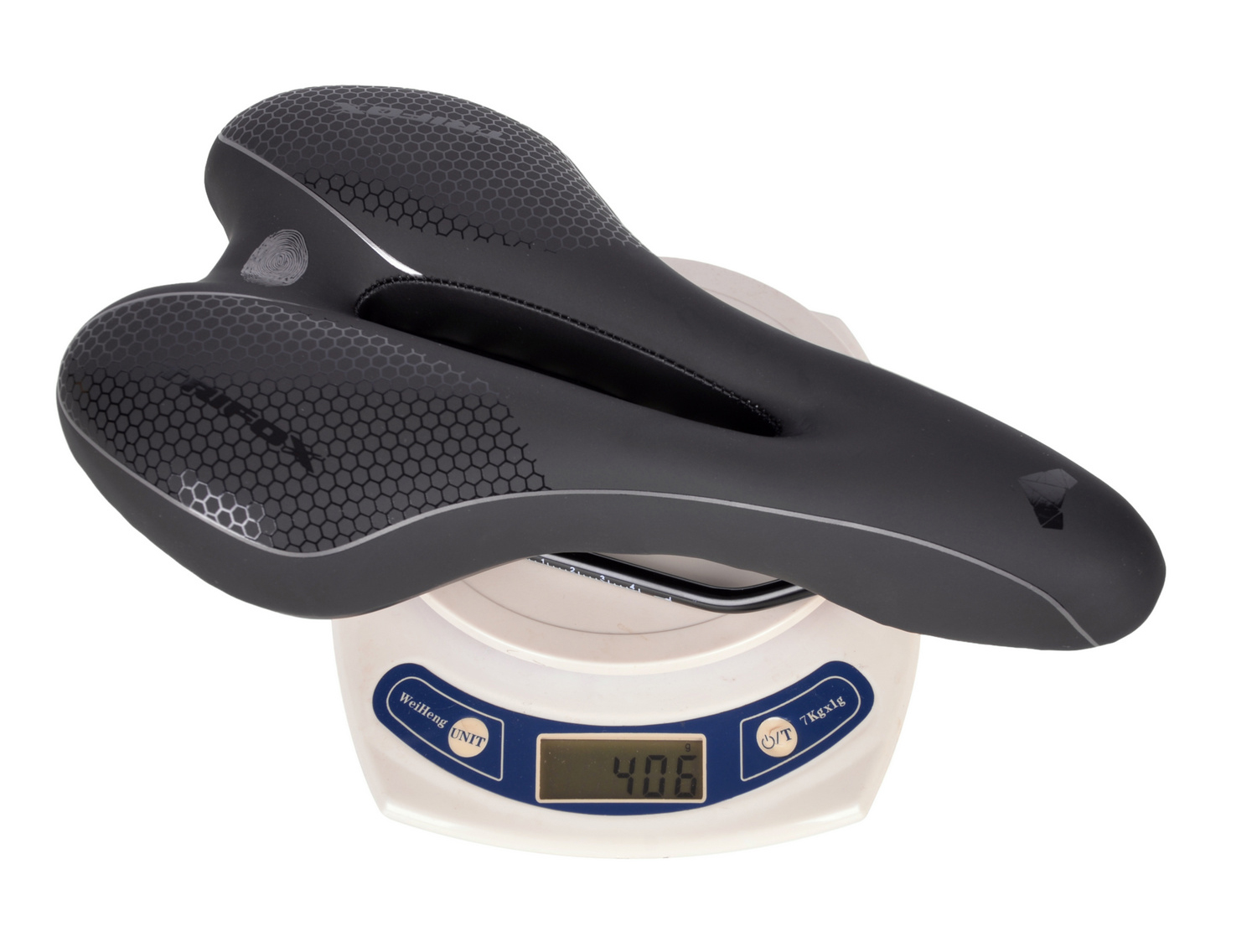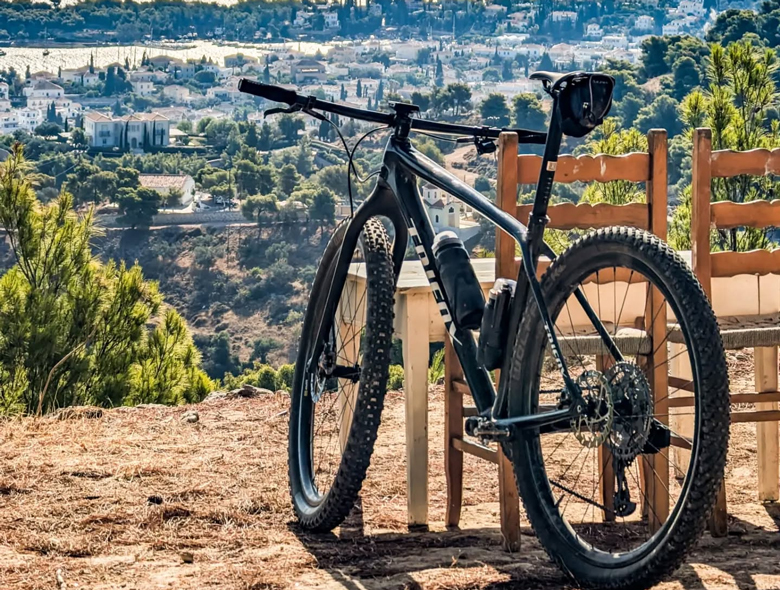One of the most important factors when it comes to purchasing a mountain bike is choosing the right size. An improperly sized mountain bike can greatly affect your riding experience, from causing discomfort and pain to reducing your control and performance on the trails.
In this article, we will take a comprehensive look at the MTB frame size chart and provide recommendations for finding the perfect size for you. We will also discuss important geometric terms and their meanings, as well as the problems that can arise from choosing the wrong size.
MTB Frame Size Chart and Recommendations:
Mountain bike frames come in a variety of sizes, typically measured in inches or centimeters. The size of the frame refers to the length of the seat tube, which is the part of the frame that holds the seat post and saddle.
When it comes to selecting the right size frame, there are several factors to consider, including your height, inseam length, and riding style. Here are some general recommendations based on height:
For riders under 5'4", a small frame (14-15 inches) is recommended.
For riders between 5'4" and 5'8", a medium frame (15-17 inches) is recommended.
For riders between 5'8" and 6'2", a large frame (17-19 inches) is recommended.
For riders over 6'2", an extra-large frame (19-21 inches) is recommended.
It's important to note that these recommendations should be used as a starting point, and riders should also consider other factors such as their riding style and personal preference.
For most mtb frames, you can find the mtb frame size chart in the product details page, such as Carbon MTB Frame MFM100
Important Geometric Terms and Their Meanings:
When looking at the MTB frame size chart, there are several important geometric terms to be familiar with:
Reach: The distance between the bottom bracket (where the pedals attach to the frame) and the center of the head tube (where the fork attaches to the frame). This measurement affects how stretched out or upright you will be on the bike.
Stack: The distance between the center of the bottom bracket and the top of the head tube. This measurement affects the height of the handlebars in relation to the saddle.
Standover Height: The distance between the ground and the top tube of the frame. This measurement affects how much clearance you have when standing over the bike.
Problems Caused by Choosing the Wrong Size:
Choosing the wrong size mountain bike frame can cause several problems, including discomfort, pain, and reduced control and performance on the trails. If the frame is too small, it can cause cramped and uncomfortable riding positions, while a frame that is too large can cause difficulty reaching the handlebars and pedals.
A poorly fitting mountain bike can also cause pain and discomfort in the back, neck, shoulders, and wrists, as well as numbness or tingling in the hands and fingers. In addition, a wrong size frame can greatly affect your control and performance on the trails, leading to accidents and injuries.
Conclusion:
In conclusion, choosing the right size mountain bike frame is essential for a comfortable and enjoyable riding experience. By using the MTB frame size chart and considering important geometric terms, riders can find the perfect size for their height, inseam length, and riding style.
Remember, it's important to not solely rely on the general recommendations and also to take into account your own physical anatomy and riding preferences. Don't overlook the importance of selecting the correct size as it can save you from a lot of pain, discomfort, and accidents in the long run.




















































































